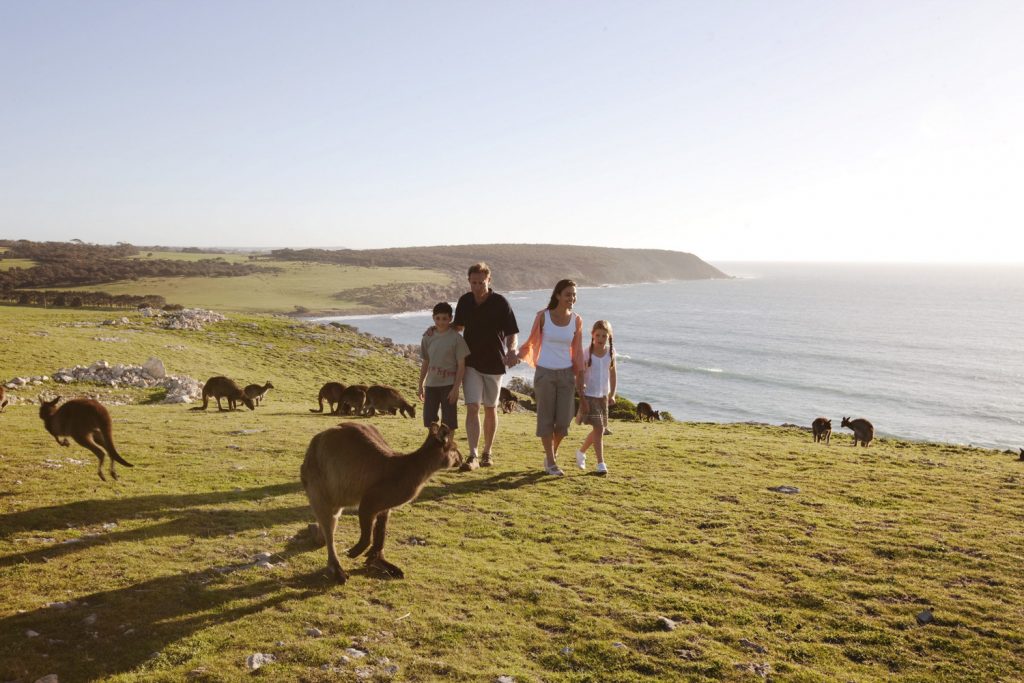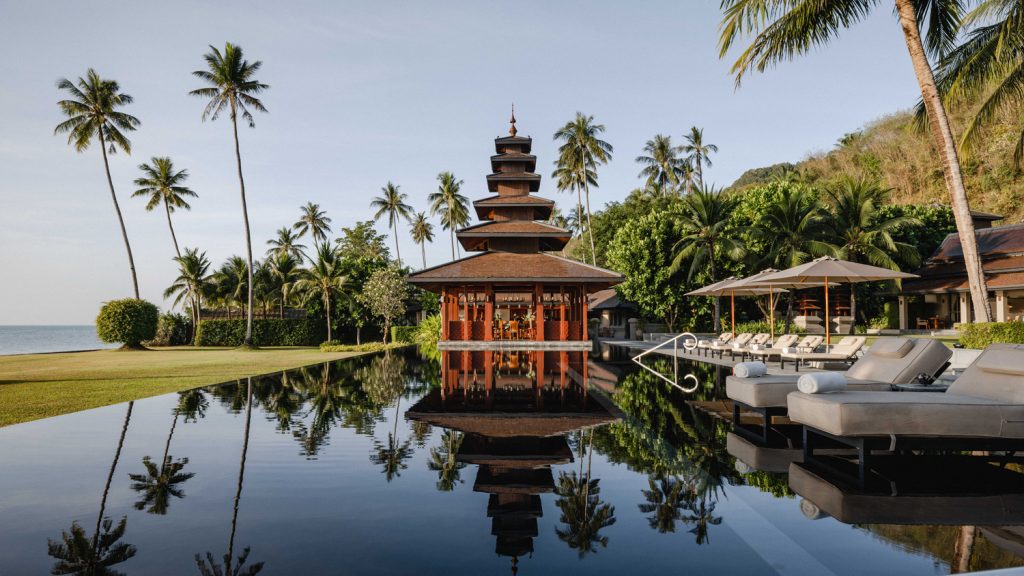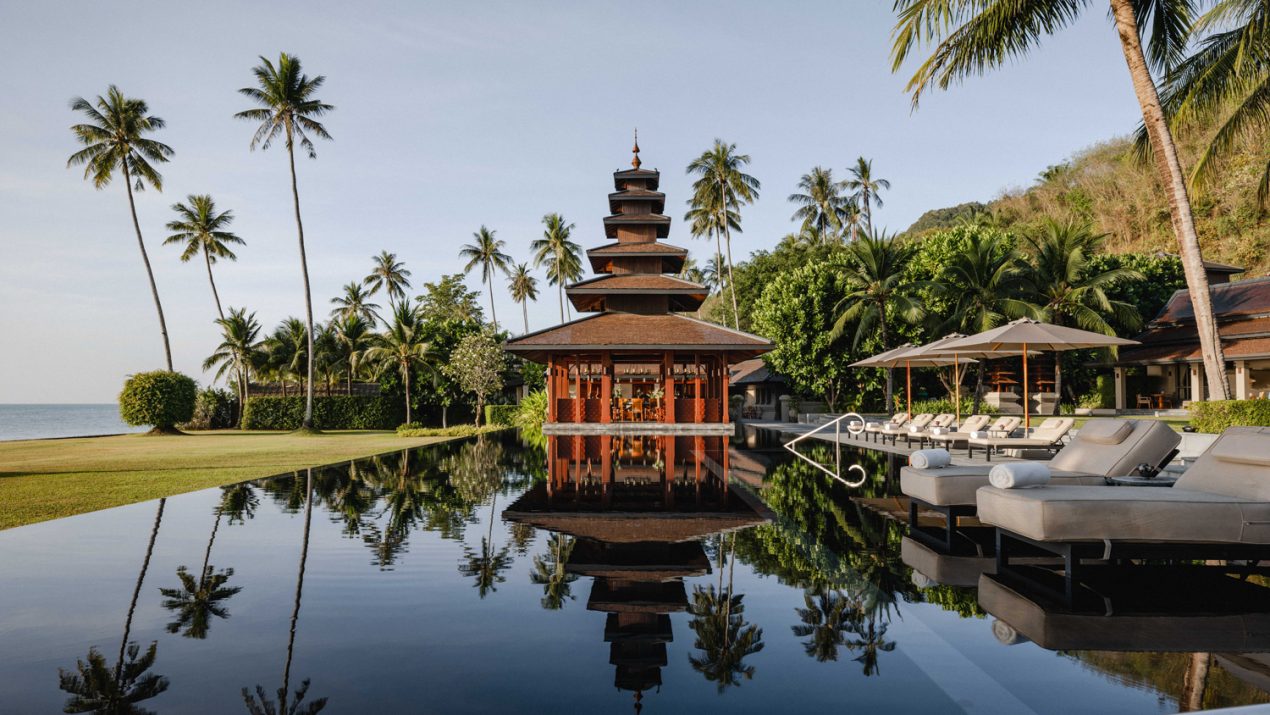Sabbaticals
Thinking of Taking a Sabbatical? Here’s Where to Start
Whether you call it a sabbatical, an adult gap year, or mini-retirement, the idea of taking an extended break is more enticing than ever. Here, an expert sabbatical planner shares her tips for making it happen.
By Phoebe Neuman
Once the privilege of academics, sabbaticals have become much more mainstream. And it's easy to understand why. From shifting attitudes toward work that have lingered in the years after the COVID-19 pandemic to increasing feelings of burnout, the concept of taking not just a vacation but a real break has never been more enticing.
While the number of people actually taking an adult gap year or a mini-retirement is relatively small, it is undeniably on the rise. A study conducted by the HR company Gusto last year found that the percentage of millennial workers who have taken a sabbatical jumped by 55 percent from 2019 to 2024. It’s a trend that the luxury travel operator Red Savannah has also observed: The company has seen a steady rise in sabbatical bookings since 2019 — and booked twice as many sabbaticals for clients in January 2025 than they did in January 2024.
To understand how to pull off taking a sabbatical, Full-Time Travel sat down with Melissa Matthews, a luxury travel expert at Red Savannah who has planned (and taken!) more than a few sabbaticals during her tenure there. Here, she shares what you need to know to make the dream a reality.

FTT: Why do you think sabbaticals are trending at the moment?
MM: The pandemic was the real catalyst, and we’ve seen a surge in people interested in and booking sabbaticals in the years since. COVID fundamentally changed how we approach work; it allowed people to work remotely from wherever they wanted, which meant that vacations could become more than just vacations. I think a lot of people’s values have changed over the last few years, too. More of us want to spend real quality time with our families—and more employers are recognizing the value of prioritizing employees’ well-being by offering sabbatical leave.
FTT: What’s the difference between a sabbatical and an extended trip? Is there one?
MM: Yes, there is definitely a difference! We consider an extended trip or vacation to be a three- to six-week break, whereas a sabbatical is usually at least eight weeks. That said, I think a proper sabbatical should really be six months to a year long. It’s hard to really get that true detox from reality—what I like to call a cranial decluttering!—in less time than that.
Sabbaticals are also usually a career decision where you decide to step away from work completely. We often see people decide to take a sabbatical after they reach some kind of career milestone. We have some clients come to us to plan sabbaticals enforced by their companies at the five- or 10-year mark of their career as a way to prevent burnout. An extended vacation, on the other hand, usually doesn’t involve such a hard break from work, and we’ll often see clients take a couple of weeks off and then work remotely for the remainder of their time away to extend the trip.
FTT: What kinds of people come to Red Savannah looking for help planning a sabbatical?
MM: We’ve seen a lot of young families coming to plan sabbaticals recently. There’s a bit of a sweet spot when the kids haven’t quite started the important part of their education, so it is an opportunity for the family to go on a long trip without disrupting their schooling. We also get a good amount of families whose children are taking gap years between high school and college wanting to take sabbaticals—that time of life is a nice, natural break where both the kids and the parents can get away from it all.
We of course also see young retirees taking sabbaticals. Their kids are doing their own thing, which gives them an opportunity to go away for a much longer period of time than they otherwise would be able to.

FTT: Walk us through Red Savannah’s sabbatical planning process. What’s it like?
MM: The planning process is really important! It needs to be very in-depth and intentional because a sabbatical is such a big commitment.
We usually plan sabbaticals for our clients a year in advance, which allows us to plan around weather and book lodging in remote places that tend to sell out quickly. We typically start by doing a deep dive into the dynamics of who will be traveling—we want to know their ages, abilities, the types of activities they love to do (and the type of activities they hate!), how fast they want to move through destinations, and what they hope to get out of their sabbatical.
From there, we create an outline of their trip that includes destinations, accommodation types, and sample itineraries of what their days might look like once they’re on the ground. The pace is really crucial, and the work that goes into up-front planning is vital to guests having a good experience. We often have to push back on our clients during this phase of the process, because they want to go everywhere and see everything. We try to really encourage them to slow down. The beauty of taking a sabbatical is that you can get under the skin of where you are—and to do that, you need to spend a longer amount of time in each destination you visit, which might mean saying no to some of the places you originally wanted to go to.
FTT: How many destinations do you suggest people try to hit while on a sabbatical?
MM: It really varies. Some people might want to visit several continents, and have a year to do it, which is a great amount of time. But really, we always say less is more. Everybody always tries to do too much in too short of a time—it’s just human nature to want to pack things in. Traveling that way for an extended period of time can be really exhausting. And we’ve found doing too much is what leads people to want to come home midway through what was supposed to be a relaxing trip.
We try really hard to encourage clients to build plenty of downtime into their sabbaticals, and a hub-and-spoke approach is a nice way to balance rest days with exploring. Usually what that looks like is renting a private house or villa as the main headquarters in a destination, so that you have a home base where you can leave your luggage and settle into a bit of a routine. From there, you can take mini three- or four-night trips in the surrounding areas or to nearby countries and then come back for some R & R.
Really, what you want to avoid is unpacking and repacking every three days and constantly catching flights. That can lead to the exact same type of burnout so many people are taking sabbaticals to recover from!
FTT: What are some of Red Savannah’s most popular sabbatical itineraries?
MM: Southeast Asia is a popular one, because you can cross borders quite easily and see a lot during your time. For example, you could use Bangkok as your main hub, and then branch out from there into Cambodia and a guided river trip through Laos before going back to Northern Thailand to spend a few weeks relaxing in a private villa.
North America is another really popular one because the scope of it is something you simply can’t tackle in a two-week vacation. We see a lot of people doing big road trips across the United States.

FTT: If you were going on a sabbatical, what would it look like?
MM: I’m actually taking a sabbatical this year and will be going to Indonesia. One of the things I’ll be doing while I’m out there is a 10-night trip on a traditional Indonesian cargo boat—called a phinisi—that’s been refurbished to be like a floating five-star hotel. We’ll be going from the Spice Islands to Raja Ampat, where there is some of the best scuba diving in the world. Doing an extended stay in Indonesia is going to give me the chance to island hop and go to the most incredible remote places that most people don’t have time to see on a standard vacation.
FTT: Last question—do you have any packing tips for a sabbatical?
MM: My absolute key thing that we say to everyone is to pack light. Don’t take everything with you. You're going to be living in these places, so you can buy stuff there; plus, it is really cathartic to leave it all behind at home. That said, I do always recommend that you take an empty bag with you that you can fill as you collect souvenirs along the way. And definitely pack a portable Wi-Fi hotspot for when you’re going off the grid.


